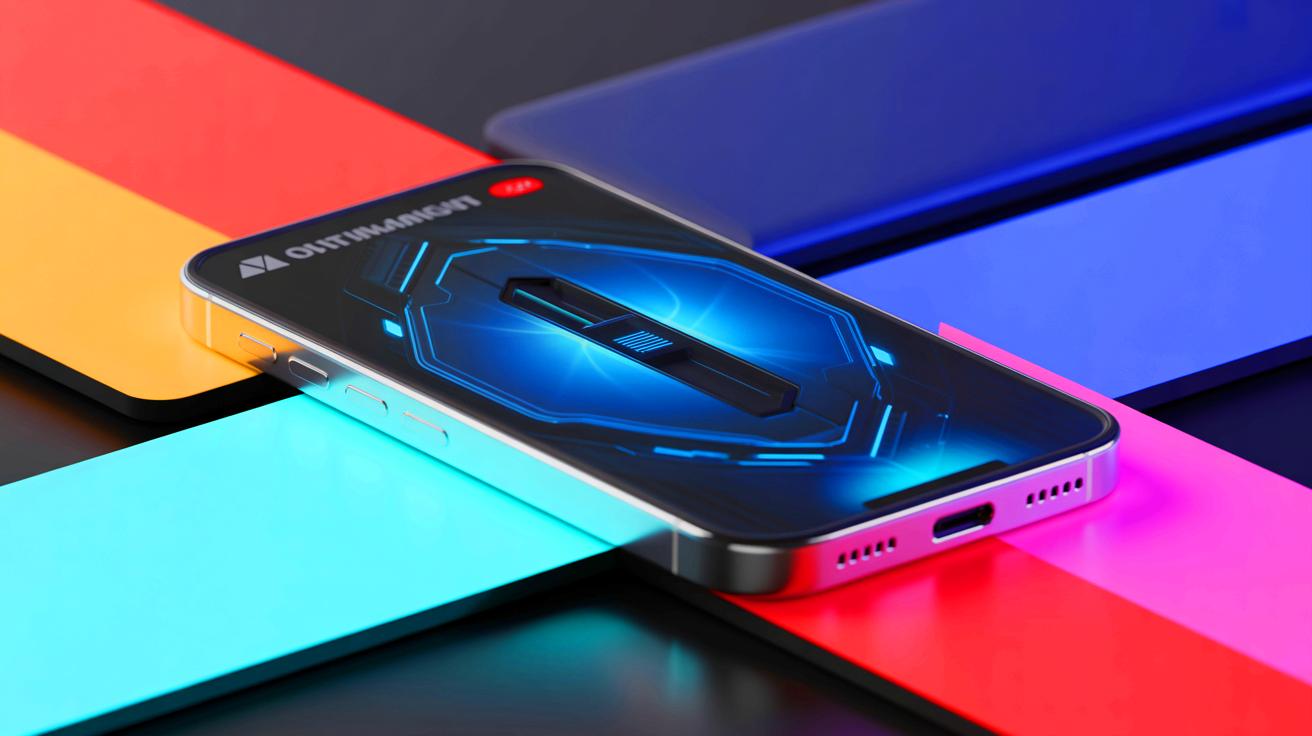- 📱 Apple’s upcoming iPhone 18 introduces a compact Dynamic Island to refine user interface design.
- 🔍 Anticipated technological advancements aim to miniaturize components like Face ID for a sleek appearance.
- 📅 Rumors suggest a 2027 goal for integrating Face ID under the display for Apple’s 20th anniversary iPhone.
- 💡 Apple’s strategic step-by-step approach ensures innovations enhance user experience without compromising quality.
As anticipation builds for the debut of the iPhone 17, speculation surrounding the iPhone 18 has already begun to capture the attention of tech enthusiasts. Rumors are circulating about Apple’s plans for its future smartphone designs, focusing on innovations that could redefine user experience. The iPhone 17 itself is set to introduce several advancements, including an enhanced ProMotion display and improved performance metrics. However, the buzz is particularly strong around the potential design changes and technological upgrades expected in the iPhone 18. These whispers in the tech community provide a glimpse into how Apple might navigate the competitive landscape while maintaining its reputation for innovation and sleek design.
Dynamic Island Evolves in iPhone 18
The iPhone 17 features several notable enhancements, such as a ProMotion display that adjusts from 1 to 120 Hz. The iPhone 17’s design changes, however, are largely limited to the Pro models, where the camera module has been redesigned to span the entire rear. Despite rumors suggesting a reduction in the size of the Dynamic Island, Apple has maintained its current design for this iteration.
Looking ahead to the iPhone 18, leaks suggest that Apple plans to make the Dynamic Island more compact and discreet, potentially reshaping it to resemble a pill. This move is part of Apple’s strategy to enhance the aesthetic appeal of its devices without compromising functionality. However, the integration of components such as Face ID and the front camera beneath the display remains a challenge due to current technological limitations. Apple’s approach appears to involve miniaturizing these components while avoiding a decline in camera quality, a challenge faced by other smartphone makers experimenting with similar technologies.
Apple’s Strategic Roadmap
Apple continues to follow a cautious yet strategic approach by implementing innovations in stages. The decision to reduce the size of the Dynamic Island while keeping the Face ID and front camera visible reflects Apple’s focus on achieving a more streamlined front design without rushing technology that is not yet mature. This methodical progression has been a hallmark of Apple’s product strategy, ensuring that each evolution enhances the user experience.
The continued presence of a Dynamic Island, albeit smaller, underscores its significance beyond being a mere notch. It serves as an important interface element, displaying animations, notifications, and interactions that have become integral to the iPhone experience. This design choice highlights Apple’s commitment to refining and enhancing user interaction with its devices. Initially, only the iPhone 18 Pro models are expected to benefit from this miniaturization, suggesting a tiered approach to incorporating new features across its product line.
Future Innovations and Speculations
Rumors suggest that by 2027, to coincide with the 20th anniversary of the iPhone, Apple might achieve the technological advancements needed to integrate Face ID beneath the display. This development could pave the way for an iPhone design that features an almost entirely glass surface with invisible borders, offering a seamless and immersive visual experience.
These ambitious design goals align with Apple’s long-term vision for its flagship product. The potential to conceal Face ID under the display could significantly contribute to this vision, enhancing the aesthetic appeal and functionality of future iPhones. However, it is essential to approach these predictions with caution, as the release of the iPhone 18 and 19 remains distant, and technological advancements may face unforeseen challenges.
The Impact of Technological Advancements
The anticipated changes in the iPhone 18 exemplify Apple’s innovative spirit and its ability to set trends in the smartphone industry. By focusing on refining existing technologies and gradually introducing new ones, Apple maintains its leadership position while ensuring that each new model delivers tangible improvements.
These technological advancements not only impact product design but also influence consumer expectations and industry standards. As Apple continues to push the boundaries of smartphone technology, it challenges competitors to innovate and adapt, fostering a dynamic and competitive market. This ongoing innovation cycle raises questions about the future direction of smartphone technology and how companies will balance design, functionality, and user experience in their products.
As Apple prepares to unveil the iPhone 17 and rumors about the iPhone 18 gain traction, the tech community eagerly anticipates the company’s next moves. The potential for innovation and design evolution keeps consumers and competitors alike on edge. How will these anticipated changes influence the future of smartphone technology, and what new challenges and opportunities will arise as a result?
This article is based on verified sources and supported by editorial technologies.
Did you like it? 4.6/5 (25)
